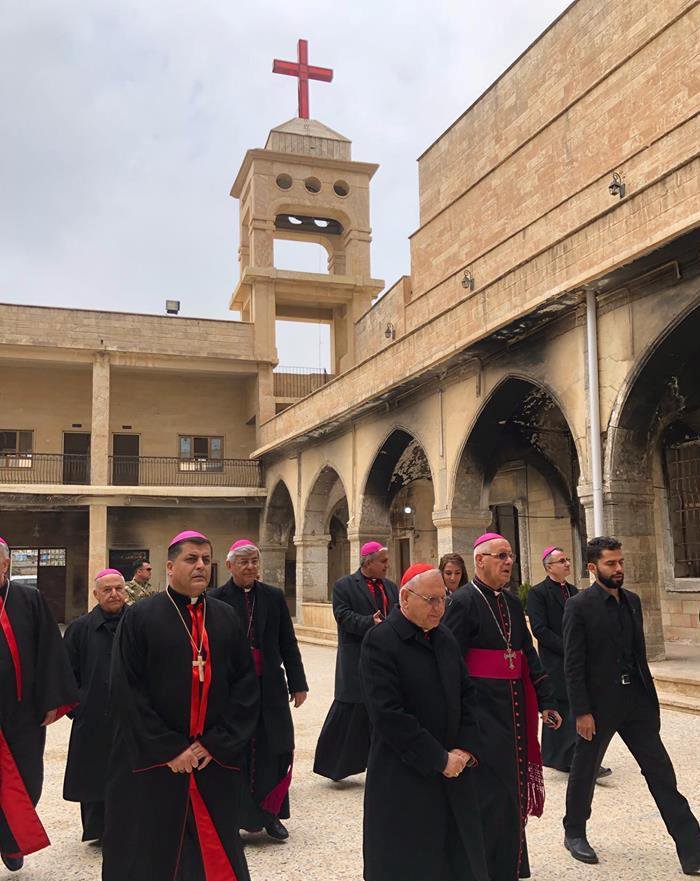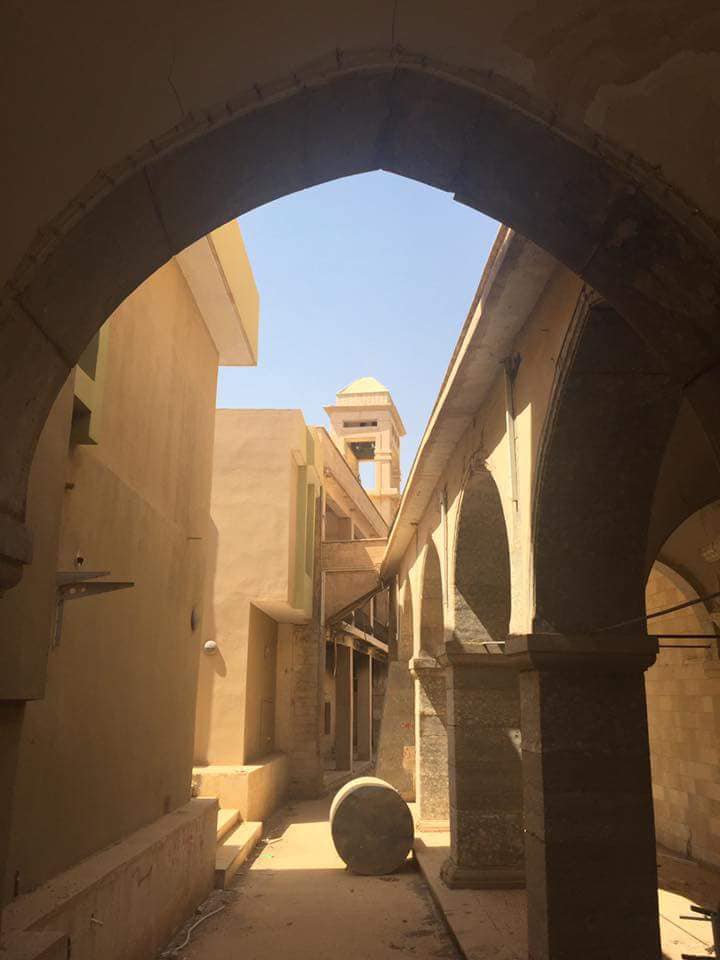History



Brief History of Tel Keppe
In the shadow of ancient Nineveh, the great capital of the Assyrian Empire, lies the small town of Tel Keppe. Also known as Tilkepe, Tal Kayf, or Telkaif, this town in northern Iraq is one of the last remaining testaments to the Ninevites.
Tel Keppe, which means "Hill of Stones" in Aramaic, was once a suburb of Nineveh and served as a fort to defend the Assyrian capital. The town's history dates back to the end of the 5th century BC, when it was first mentioned by Zenfonenus (Xenophon), the Commander of the Greek armies during the campaign in northern Mesopotamia in 401 BC. Tel Keppe was built over a ruined suburb (neighborhood) of Nineveh, which is why it was not often mentioned as a separate town in hostrical documents.
The Telkepenaya still observe many unique religious traditions such as the Fast of Nineveh (Bā'ūṯā d-Nīnwāyē) which is a three-day fast commemorating the three days that Prophet Jonah spent inside the belly of the Great Fish, the subsequent fast and repentance of the Ninevites.
Learn more about Tel Keppe
Books Videos-
Beginnings of Tel Keppe: From Assyrian Fort to Irrigated Settlement
- Approx. 3000 BCE: Estimated to be part of the larger Nineveh, possibly serving as a fort or castle during the Assyrian Empire's zenith.
- 7th Century BCE: An Assyrian Well is discovered in Tel Keppe, indicating the presence of advanced irrigation systems similar to those under King Sennacherib.
-
Classical and Early Medieval Times
- 401 BCE: Greek historian Xenophon mentions a town near Nineveh, believed by scholars to be Tel Keppe, as part of the Greek army's journey.
- 749 AD: Mentioned in historical texts during the Islamic calendar year 132 by Judge Abu Zakariya al-Azdi, referring to Tel Keppe as a suburb of Mosul.
- 945 AD: Abu Zakaria Azidi writes "The History of Mosul," where he references Tel Keppe, confirming its existence and significance during this period.
-
Tel Keppe Under Siege
- 1508: Tel Keppe is sacked by Mongol forces, marking a significant event of destruction.
- 1587: Traditionalist priest Khoshaba of Tel Keppe is noted by Leonard Abel among the most literate men in the "Nestorian nation."
-
Religious and Demographic Shifts
- 1743: The Persian leader Nader Shah loots and burns Tel Keppe during the Siege of Mosul.
- 1654: Carmelite father Denys de la Couronne d' Epines visits Tel Keppe and documents the presence of over 50 priests.
- 1767: Reports of 500 Nestorian families in Tel Keppe, with only 150 being Catholics.
- 1768: Population of Tel Keppe recorded as 2,500.
- 1820: C. J. Rich documents seven demolished churches and one well-maintained church in Tel Keppe.
-
Growth and Conflict in the Shadow of the Church
- 1833: Kurdish Governor of Rawandiz sacks Tel Keppe.
- 1870s: Disputes between Chaldean Catholic Church Patriarch Joseph VI Audo and the Vatican affect Tel Keppe, with locals generally supporting the patriarch.
- 1881: Wallis Budge visits Tel Keppe and records the local priests' desire to establish an Anglican mission.
- 1891: Population rises again to 2,500 after previous plagues and disasters.
-
Century of Emigration and Change
- 1923: Population reaches 14,000.
- 1933: Population reduces to around 10,000 due to emigration.
- 1968: Census records 7,102 inhabitants, with a significant Christian majority.
- 1980s-2000s: Significant emigration of Chaldean Catholics from Tel Keppe to the United States and other countries, especially after the 1991 Gulf War and 2003 US Invasion of Iraq.
-
Conflict and Future
- 2014: ISIS captures Tel Keppe, leading to looting, destruction of religious sites, and displacement of the Christian population.
- 2017: Iraqi forces recapture Tel Keppe from ISIS.
- 2021: The town has a majority Arab Muslim population, with many indigenous Chaldeans yet to return due to security issues and the presence of non-local militias.
- 2024: There's a growing sense of hope among the Chaldean community, with discussions for many to return to Tel Keppe, while remaining cautious about the ongoing challenges.